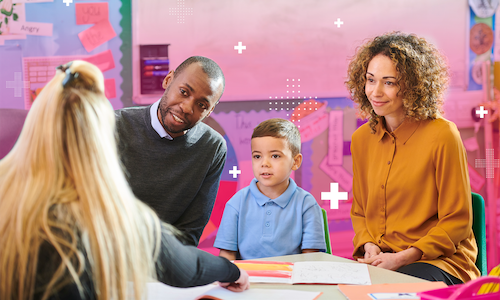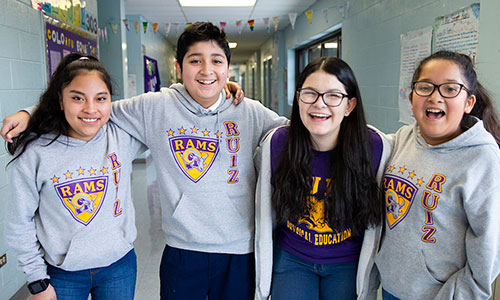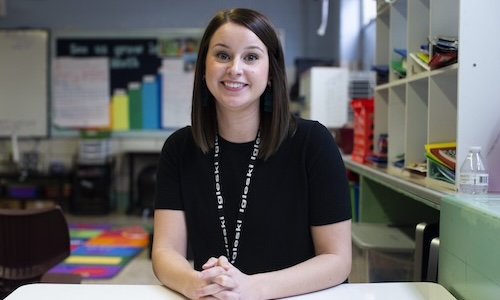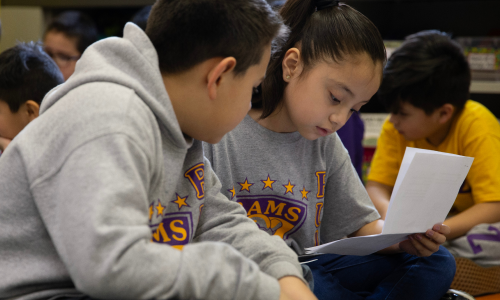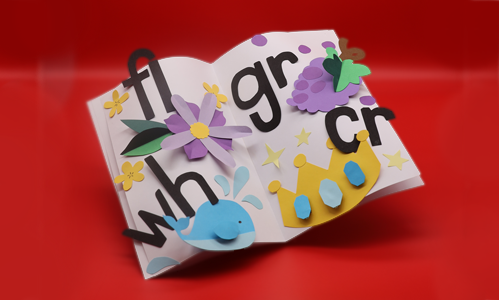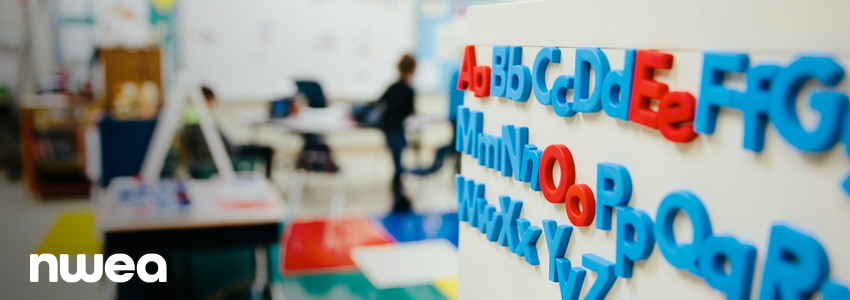 Even before the pandemic, schools struggled to balance instructional time across subjects, often prioritizing reading and math over science. But COVID-19 made things worse, setting students back in all subjects—including science. While much attention has been paid to unfinished learning in reading and math, science learning loss has received far less focus. This is concerning, especially given the limited time schools already dedicate to science instruction compared to other core subjects.
Even before the pandemic, schools struggled to balance instructional time across subjects, often prioritizing reading and math over science. But COVID-19 made things worse, setting students back in all subjects—including science. While much attention has been paid to unfinished learning in reading and math, science learning loss has received far less focus. This is concerning, especially given the limited time schools already dedicate to science instruction compared to other core subjects.
We examined the research and found that the integration of literacy and science instruction is one of the most effective ways to maximize learning time while accelerating student progress. Rather than treating these subjects as separate silos, integrated instruction allows students to build literacy skills while deepening their understanding of science concepts. And given the ongoing gaps in achievement following the pandemic, this approach is more necessary than ever.
A smarter way to recover lost learning
Many schools are still searching for ways to help students catch up. Traditional solutions like tutoring and summer school are helpful, but they often require additional funding and scheduling compromises. Integrated instruction, on the other hand, offers a practical way to make better use of the instructional time schools already have.
By weaving literacy and science together, students don’t just learn science; they also read, write, and talk about it in ways that strengthen their comprehension and vocabulary. Instead of seeing science as an isolated subject, students begin to view it as a part of the larger world, connected to the ways they communicate and think critically.
Four key ingredients of effective integration of literacy and science
What makes integrated literacy and science instruction work? Our research brief on the integration of literacy and science points to four essential components: authenticity, academic vocabulary, structured learning sequences, and meaningful student discourse. Let’s explore what these elements look like in action and how schools can support teachers in bringing them to life.
1. Authenticity: Making learning relevant
Students engage best when they see the real-world relevance of what they’re learning. Science instruction should begin with a puzzling phenomenon, that is, something students observe in their everyday lives that sparks curiosity. From there, they can explore the science behind it through reading, writing, and discussion.
How school leaders can help:
- Adjust schedules to allow for integrated literacy and science instruction
- Provide teachers with high-quality, science-rich reading materials
- Ensure professional learning (PL) opportunities model how to incorporate real-world connections
2. Academic vocabulary: Building language through science
Science is full of precise, content-rich vocabulary that strengthens literacy skills. But students don’t learn new words by memorizing definitions; they learn them by using them in context. In integrated instruction, students encounter scientific terms in their reading, apply them in discussions, and reinforce them through writing.
How school leaders can help:
- Offer joint PL for literacy and science teachers to explore effective vocabulary instruction
- Share our “Practitioner’s guide to integrating literacy and science” with teachers for some examples on how to support vocabulary development in integrated literacy and science contexts
- Provide planning time for teachers to develop vocabulary-rich, integrated lessons
3. Structured learning sequences: Ensuring coherent instruction
For learning to stick, instruction must be carefully sequenced and structured over time. Each science lesson should build on the previous one, creating a coherent storyline that helps students see connections. Writing and journaling can reinforce these connections, helping students track their thinking over time.
How school leaders can help:
- Provide high-quality, coherent instructional materials
- Support teachers in helping students make explicit connections between lessons
- Offer pacing guidance to maintain instructional coherence
4. Meaningful student discourse: Talking, arguing, and explaining
Science isn’t just about knowing facts. It’s also about making sense of the world. Students need opportunities to discuss their observations, support claims with evidence, and challenge each other’s ideas. These conversations don’t just build science understanding; they also strengthen comprehension, reasoning, and communication skills.
How school leaders can help:
- Facilitate joint PL for literacy and science teachers focused on discussion techniques
- Provide coaching and observation tools to encourage meaningful student talk
A path forward for schools
Recovering from pandemic-related learning loss is no small task, and the end of federal relief funding means schools must find cost-effective ways to accelerate learning. Integration of literacy and science instruction offers a promising path forward, not just as a workaround for time constraints, but as a strategy that strengthens student learning across multiple domains.
To make integration successful, school and district leaders should:
- Dedicate time for collaboration between literacy and science educators
- Invest in professional learning focused on integration
- Ensure access to high-quality instructional materials
- Provide ongoing support to help teachers refine their practices
The bottom line
Students benefit when they see authentic connections between literacy and science. Teachers gain new strategies that enhance learning across subjects. And schools create more cohesive educational experiences that better prepare students for the future.
At a time when schools are looking for smart, scalable ways to accelerate student learning, the integration of literacy and science isn’t just a good idea; it’s an essential step toward a stronger educational system.
To learn more, download our research brief “Integrating science and literacy: A powerful partnership for student success” and “Practitioner’s guide to integrating literacy and science.”
